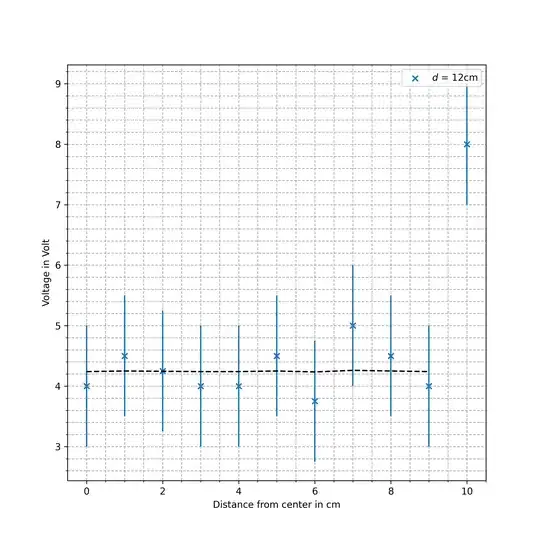In an experiment I measured the surface charge density of a thin, charged, metal plate. I found, as expected, $\sigma$ to be constant over the surface, however at the edge of the plate it became abnormally large. I repeated the measurement a couple of times but with the same result. I didn't find anything online, and with my current knowledge I would say $\sigma$ is constant throughout the plate and that something just went wrong with that last measurement. Am I correct in my thinking? See below for the actual data. It may also be important that there was a grounded metal plate opposite to the charged one, however it was quite far away (12cm)
Asked
Active
Viewed 761 times
2 Answers
0
I don't know what you are experimental methods were, still the measurements comply with what one would expect from the theory.
Surface charge density is inversely proportional to the radius of curvature on the conductor.
Assuming in the conducting plate has a near infinite radius of curvature where it is flat and very small radius of curvature at the edges, assuming sharp turns; it would completely make sense to expect very high surface charge density at the edges then from the flat surface.
SteelCubes
- 465
0
curvature of the surface affects charge density if the surface is in equipotential. walter lewins lectures explain this https://youtu.be/ww0XJUqFHXU
jensen paull
- 7,016
